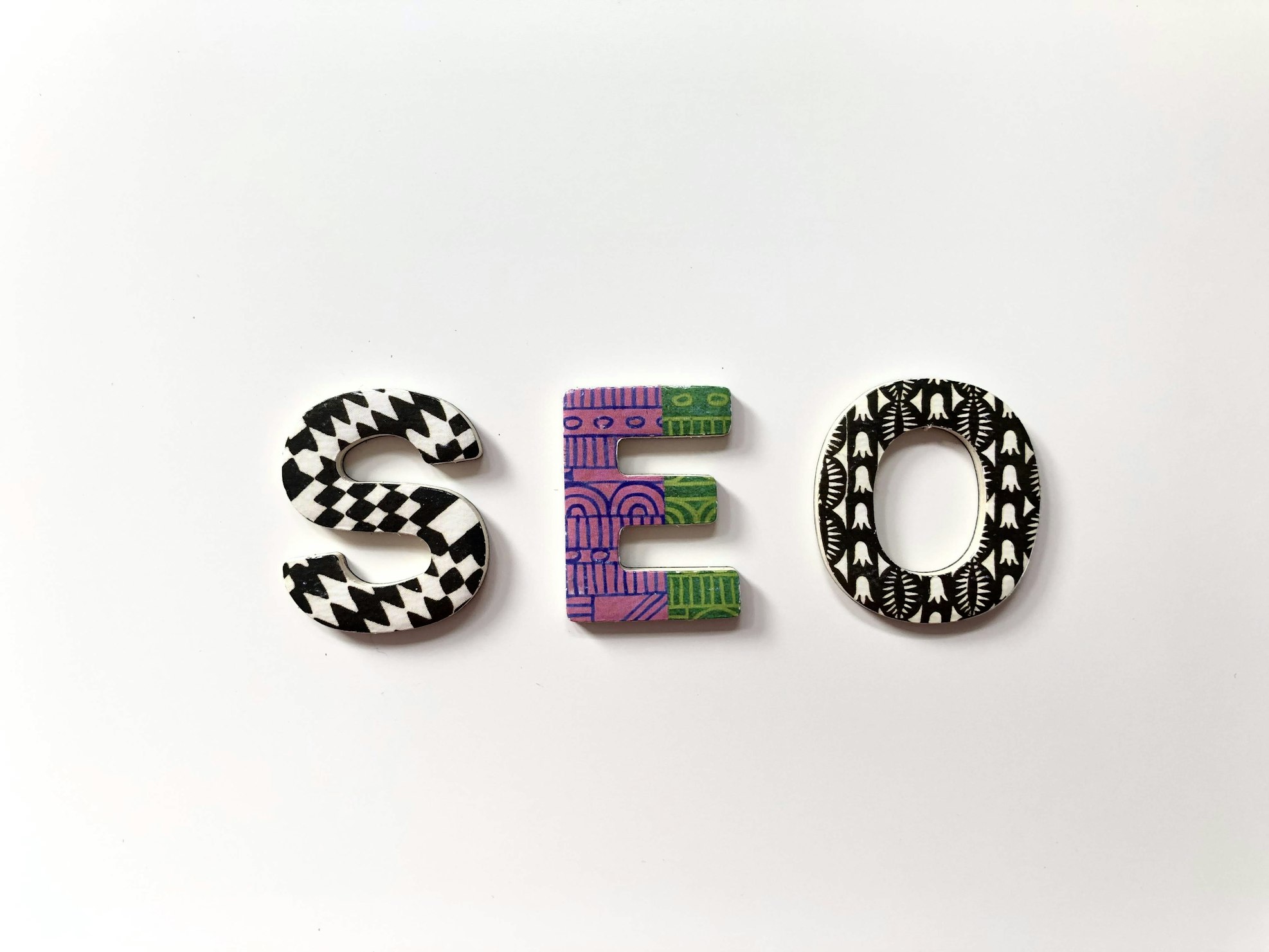Google’s February 2025 algorithm updates mark a pivotal shift in search engine optimization, emphasizing artificial intelligence integration, stringent content quality controls, and refined technical requirements. These changes reflect Google’s ongoing commitment to combating manipulative practices while adapting to evolving user behaviors in an increasingly AI-dominated digital landscape. Below, we analyze the structural, technical, and strategic implications of these updates through five critical dimensions.
Enhanced Spam Detection and Content Quality Enforcement#
Revamped Spam Identification Frameworks#
The February 2025 updates introduced 11 new pages to Google’s Search Quality Rater Guidelines, specifically targeting emerging spam tactics like “parasite SEO” and scaled AI-generated content. This expansion enables more granular evaluation of:
- Site reputation abuse: Penalizing domains hosting irrelevant third-party content designed to exploit domain authority (e.g., academic sites publishing commercial product reviews)
- Expired domain arbitrage: Monitoring domains purchased solely to redirect legacy SEO equity to unrelated content
- AI-generated content saturation: Detecting patterns indicative of bulk-produced, non-edited AI content lacking human oversight
These changes build on December 2024’s crackdown on thin content and manipulative link-building, with continued volatility observed across competitive verticals like e-commerce and healthcare.
E-E-A-T as a Ranking Cornerstone#
Google’s renewed emphasis on Experience, Expertise, Authoritativeness, and Trustworthiness (E-E-A-T) manifests through:
- Author credential requirements: Sites must now display verified author bios with qualifications relevant to the content’s subject matter
- Cross-platform reputation scoring: Incorporation of third-party review platforms (Trustpilot, G2) and academic citations into domain authority calculations
- Content freshness protocols: Articles exceeding 18 months without substantive updates receive demotions in competitive queries unless marked as “evergreen”
AI-Driven Search Experience Overhauls#
AI Overviews and the “AIM” Prototype#
Google’s AI Overviews now dominate 43% of search result real estate for complex queries, providing synthesized answers that reduce click-through rates to organic listings by 22% on average. Concurrently, internal testing of AI Mode (AIM) reveals:
- Conversational query handling: Users can refine results through follow-up prompts within the search interface
- Gemini 2.0 integration: Enhanced multimodal processing combines text, image, and voice inputs for contextual responses
- Transactional intent prioritization: AIM surfaces direct purchasing options and price comparisons for commercial queries
AI-Generated Traffic Dynamics#
While 63% of websites now receive some traffic from AI chatbots like ChatGPT, this accounts for just 0.17% of total site visits. Notable patterns include:
- Homepage dominance: 78% of AI-referred traffic lands on homepages rather than deep content
- Commercial intent bias: AI users exhibit 3.2x higher conversion rates than organic search visitors
- Content cannibalization: Pages summarized in AI Overviews experience 37% traffic decline month-over-month
Technical SEO and Mobile-First Adaptations#
Mobile SERP Structural Changes#
The removal of breadcrumbs from mobile search results simplifies interface elements but complicates content hierarchy signaling. Compensatory strategies involve:
- Enhanced URL structuring: Implementing semantic slugs (e.g., /blog/2025-seo-updates/) over numerical IDs
- Header tag optimization: Using H2-H4 tags to reinforce topical relationships without visual breadcrumbs
- Schema markup expansion: Deploying Article, FAQ, and HowTo schemas to mitigate informational loss
Core Web Vitals 2.0 Benchmarks#
February’s updates introduced stricter thresholds for:
- Largest Contentful Paint (LCP): New target of 1.2 seconds (down from 2.5s)
- Cumulative Layout Shift (CLS): Maximum score of 0.05 for above-the-fold content
- Interaction to Next Paint (INP): 200ms threshold for all clickable elements
Sites failing these metrics face 21-34% visibility reductions in mobile-first indexing environments.
Strategic Implications for SEO Practitioners#
Content Optimization Imperatives#
- AI-Human Collaboration Frameworks
- Implement layered editing workflows where AI drafts undergo human fact-checking and anecdotal augmentation
- Develop “AI-resistant” content through original research, proprietary data visualizations, and expert interviews
- Vertical Authority Development
- Create credentialed author networks with verifiable industry experience (e.g., LinkedIn validation integrations)
- Pursue .edu and .gov backlinks through collaborative studies and public data partnerships
Technical Adaptation Roadmap#
- Schema 4.0 Implementation
Adopt new product schema properties for: - Dynamic pricing displays (member discounts, flash sales) - Inventory status indicators integrated with CMS platforms - AI-generated content disclosures using
isAIGeneratedmeta tags - Crawler Accessibility Enhancements
- Implement hybrid rendering for JavaScript-heavy SPAs using Dynamic SSR
- Create AI-crawler-specific XML sitemaps with prioritized transactional pages
The Future of Search: 2025 Projections#
Anticipated Developments#
- Personalized SERP Configurations Machine learning models will curate results based on: - Individual search history patterns - Real-time biometric data (via wearable integration) - Localized environmental factors
- Voice Search Monetization Expected late-2025 rollout of: - Sponsored voice response suggestions - Transactional voice command kickbacks - Audio ad injections in voice search results
- Quantum Computing Integration Google’s Sycamore 3.0 quantum processor may enable: - Real-time algorithm adjustments - Multivariate ranking factor testing - Predictive traffic modeling
Conclusion: Navigating the New SEO Landscape#
Google’s February 2025 updates necessitate a paradigm shift from keyword-centric optimization to holistic digital ecosystem management. Successful practitioners must:
- Prioritize E-E-A-T Verification through credentialed content networks and third-party reputation management
- Develop AI Symbiosis Strategies that leverage large language models while maintaining human editorial oversight
- Reengineer Technical Infrastructure for mobile-first, Core Web Vitals 2.0 compliance
- Anticipate Voice/Quantum Disruptions through adaptive testing frameworks and agile implementation
As search evolves into a hybrid AI-human interaction model, the brands that thrive will be those treating SEO not as a technical checklist, but as a dynamic system integrating content excellence, technical precision, and ethical AI utilization.
